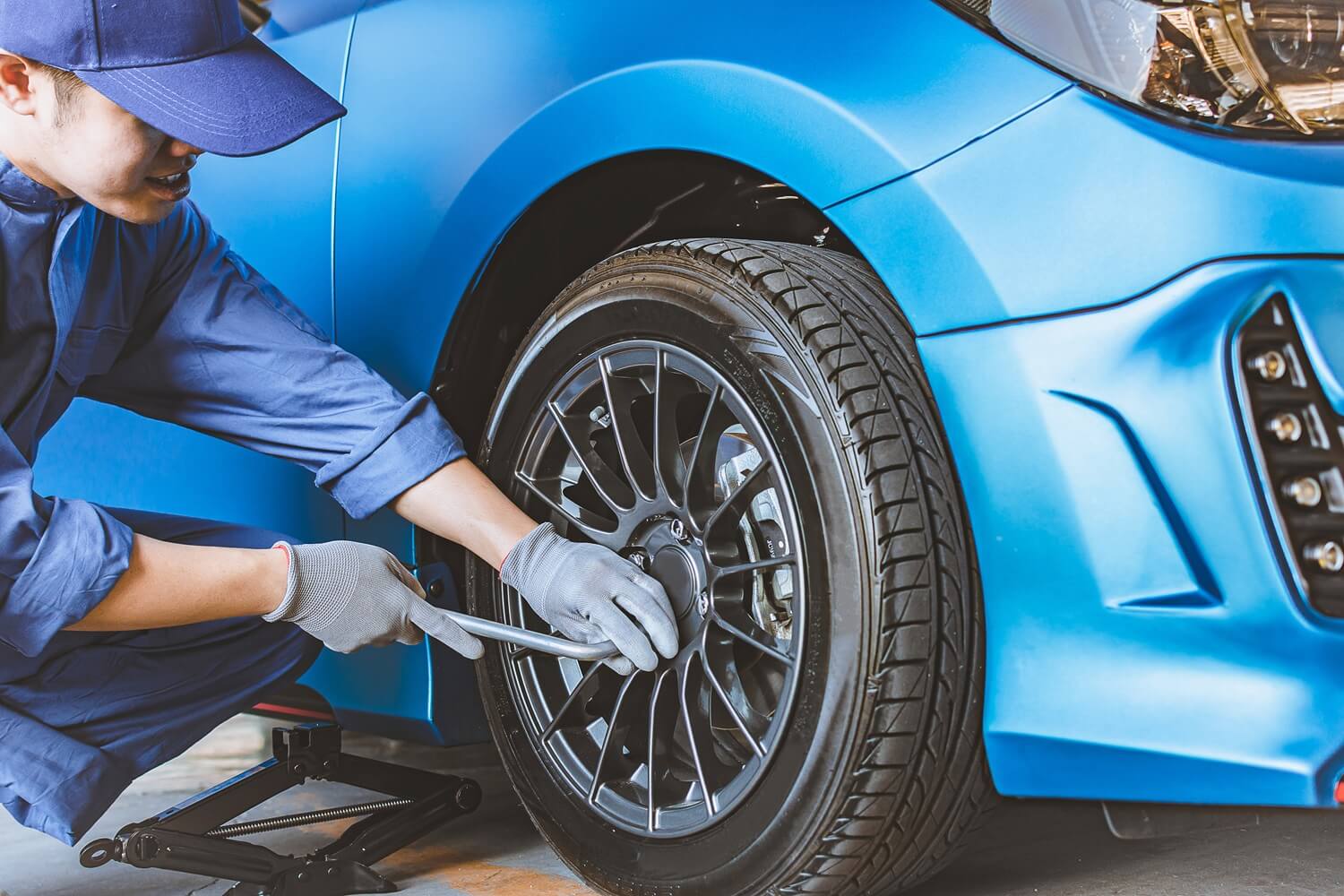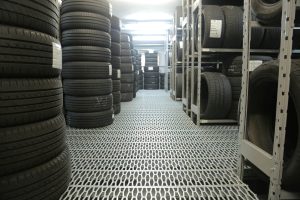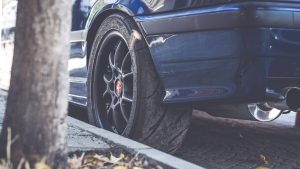Tyres are one of the most crucial components of a vehicle, directly affecting safety, performance, and fuel efficiency. Proper tyre maintenance is essential for ensuring a smooth and safe driving experience. Regular attention to your tyres can extend their lifespan, improve vehicle handling, and prevent potential accidents. Here we provide a series of tyre maintenance tips to help you keep your tyres in the best condition.
Regularly Check Tyre Pressures:
Maintaining the correct tyre pressure is fundamental to tyre care. Under-inflated tyres can lead to increased wear, reduced fuel efficiency, and compromised handling, while over-inflated tyres can cause a harsh ride and uneven wear.
- How to Check: Use a reliable tyre pressure gauge to check the pressure when the tyres are cold (i.e., before driving for the day).
- Frequency: Check tyre pressure at least once a month and before long trips.
- Recommended Pressure: Refer to the vehicle’s manual or the placard on the driver’s door for the manufacturer’s recommended tyre pressure.
Inspect Tyres for Damage:
Regular visual inspections can help identify issues before they become serious problems. Look for signs of damage such as cuts, cracks, bulges, or punctures.
- How to Inspect: Examine the tread and sidewalls of each tyre. Pay attention to any embedded objects like nails or glass.
- Frequency: Inspect tyres at least once a month and after driving on rough roads.
Rotate Your Tyres:
Tyre rotation promotes even wear and extends the lifespan of your tyres. Different vehicles require different rotation patterns, such as front-to-back or cross-rotation.
- How to Rotate: Consult your vehicle’s manual for the recommended rotation pattern.
- Frequency: Rotate your tyres every 8,000 to 10,000 kilometres (5,000 to 6,000 miles) or as recommended by the vehicle manufacturer.
Check Wheel Alignment:
Incorrect wheel alignment can cause uneven tyre wear and affect vehicle handling. Alignment issues can arise from hitting potholes, curbs, or general wear and tear.
- Signs of Misalignment: Uneven tyre wear, the vehicle pulling to one side, or an off-centre steering wheel.
- Frequency: Have your wheel alignment checked at least once a year or if you notice any signs of misalignment.
Balance Your Tyres:
Balanced tyres ensure a smooth and comfortable ride. Unbalanced tyres can cause vibrations, uneven wear, and strain on the suspension system.
- When to Balance: Balance your tyres when mounting new tyres, after repairs, or if you feel vibrations while driving.
- Frequency: Check balance at least every 10,000 kilometres (6,000 miles) or as recommended by your vehicle manufacturer.
Monitor Tread Depth:
Adequate tread depth is essential for traction and safety, especially on wet or slippery roads. Worn-out tyres can increase the risk of aquaplaning and reduce braking efficiency.
- How to Check: Use a tread depth gauge or the “penny test” (insert a penny into the tread with Lincoln’s head upside down; if you can see all of Lincoln’s head, it’s time for new tyres).
- Legal Minimum: The legal minimum tread depth in many regions is 1.6 millimetres. However, replacing tyres before they reach this minimum is advisable for optimal safety.
Avoid Overloading:
Overloading your vehicle can put excessive strain on your tyres, leading to increased wear and potential blowouts. Be mindful of your vehicle’s load capacity.
- How to Avoid: Check the vehicle’s load rating (found in the owner’s manual or on the door placard) and avoid exceeding it.
- Distribution: Evenly distribute the load to prevent uneven wear and strain on specific tyres.
Drive Responsibly:
Aggressive driving behaviours like hard braking, sharp cornering, and rapid acceleration can accelerate tyre wear.
- Driving Habits: Adopt smooth and gradual acceleration and braking. Avoid taking corners at high speeds.
- Speed: Keep within speed limits, as high-speed driving generates more heat and increases tyre wear.
Regular Professional Inspections:
While regular self-checks are crucial, professional inspections can identify issues that may not be visible to the untrained eye.
- Frequency: Have your tyres professionally inspected at least once a year.
- Benefits: Professionals can provide detailed assessments and recommend necessary repairs or replacements.
Proper tyre maintenance is essential for safety, performance, and cost-effectiveness. By following these tyre maintenance tips, you can ensure your tyres remain in top condition, providing you with a safer and more enjoyable driving experience. Regular checks, responsible driving, and professional inspections are key to prolonging the life of your tyres and optimising their performance.
For more expert tips and to find the perfect tyres for your vehicle, visit Tayaria Tyre and explore our wide selection of high-quality tyres today!





